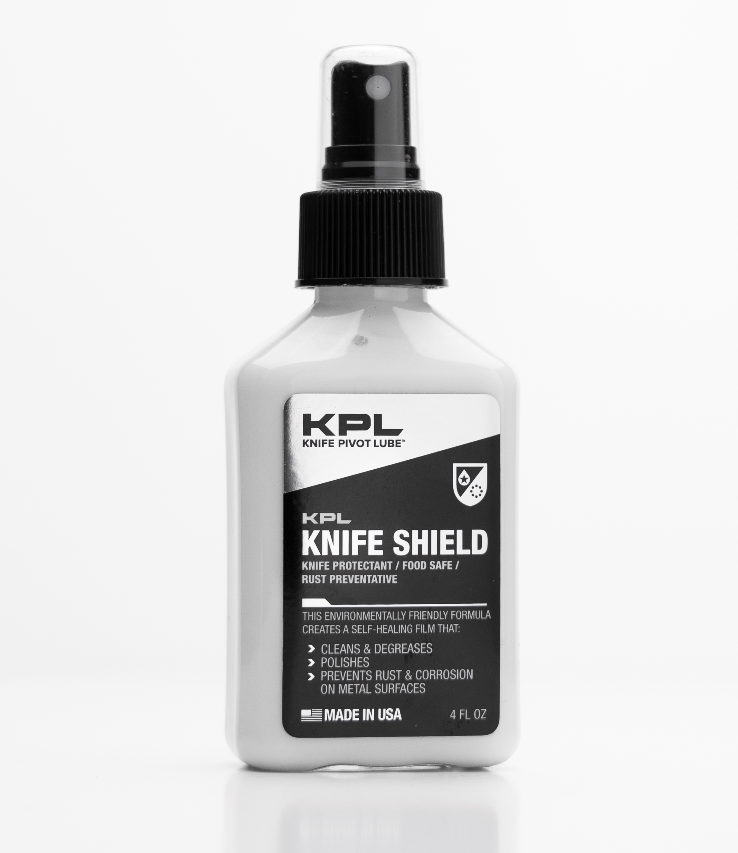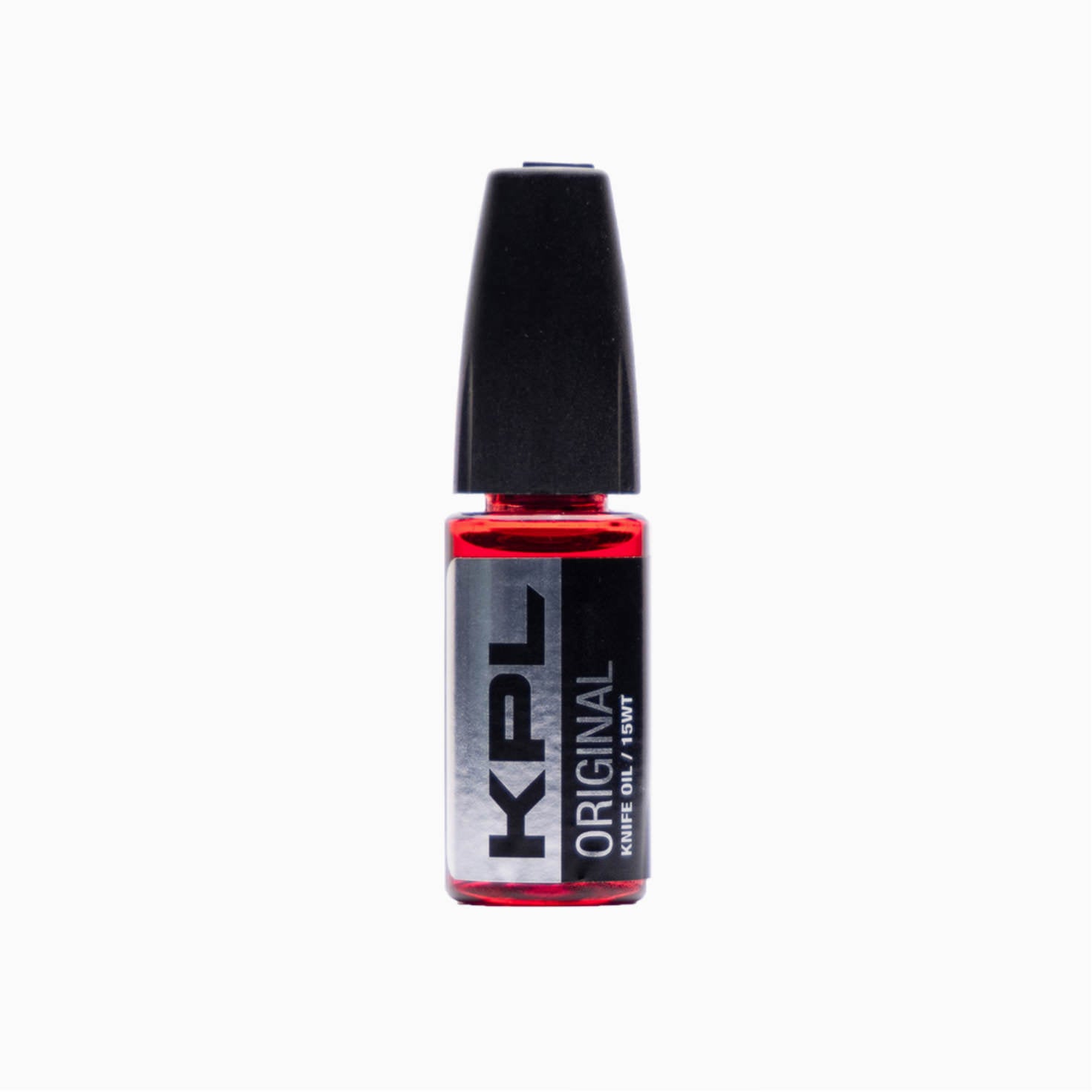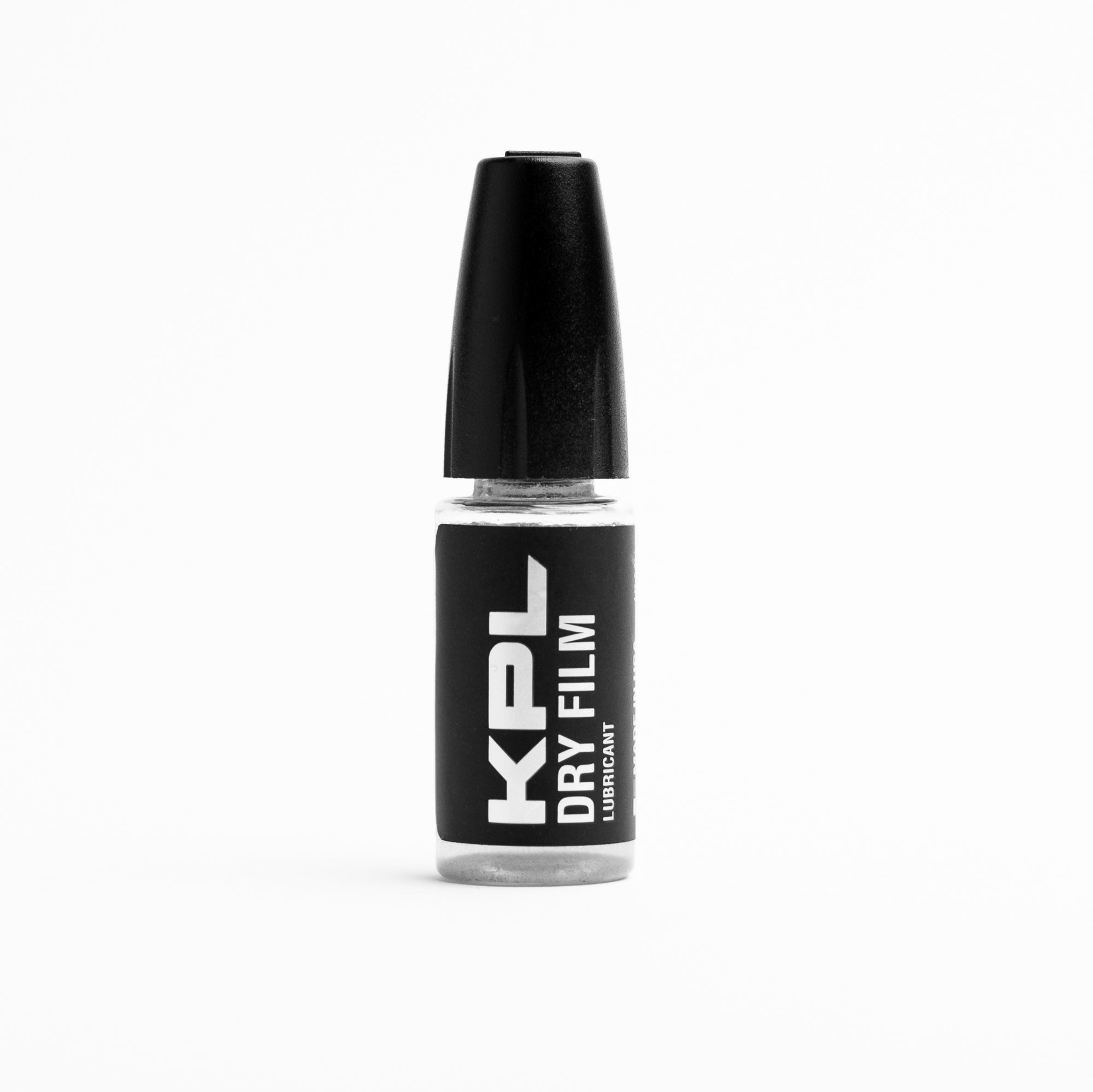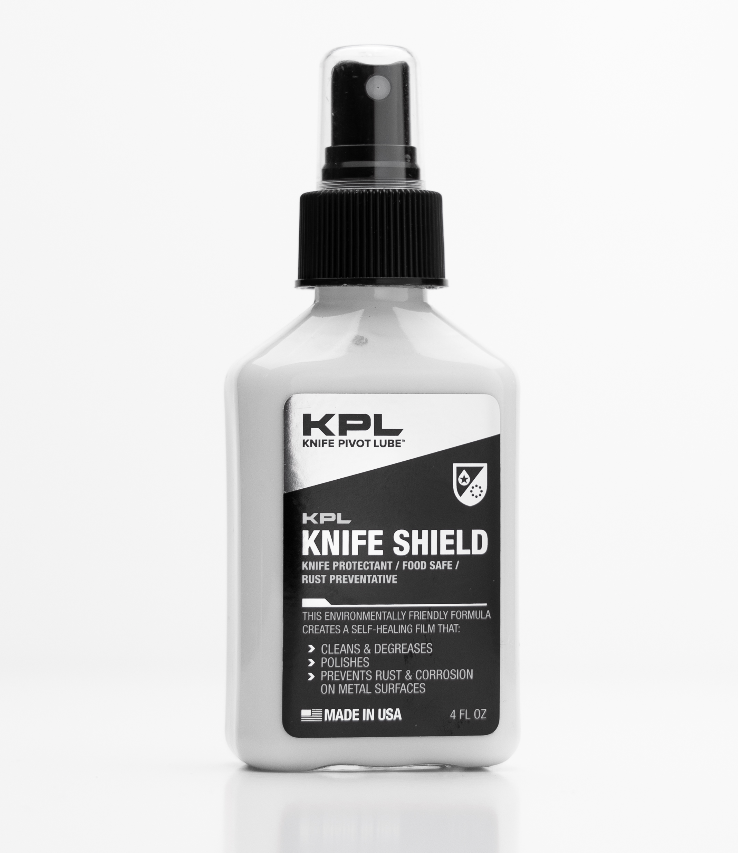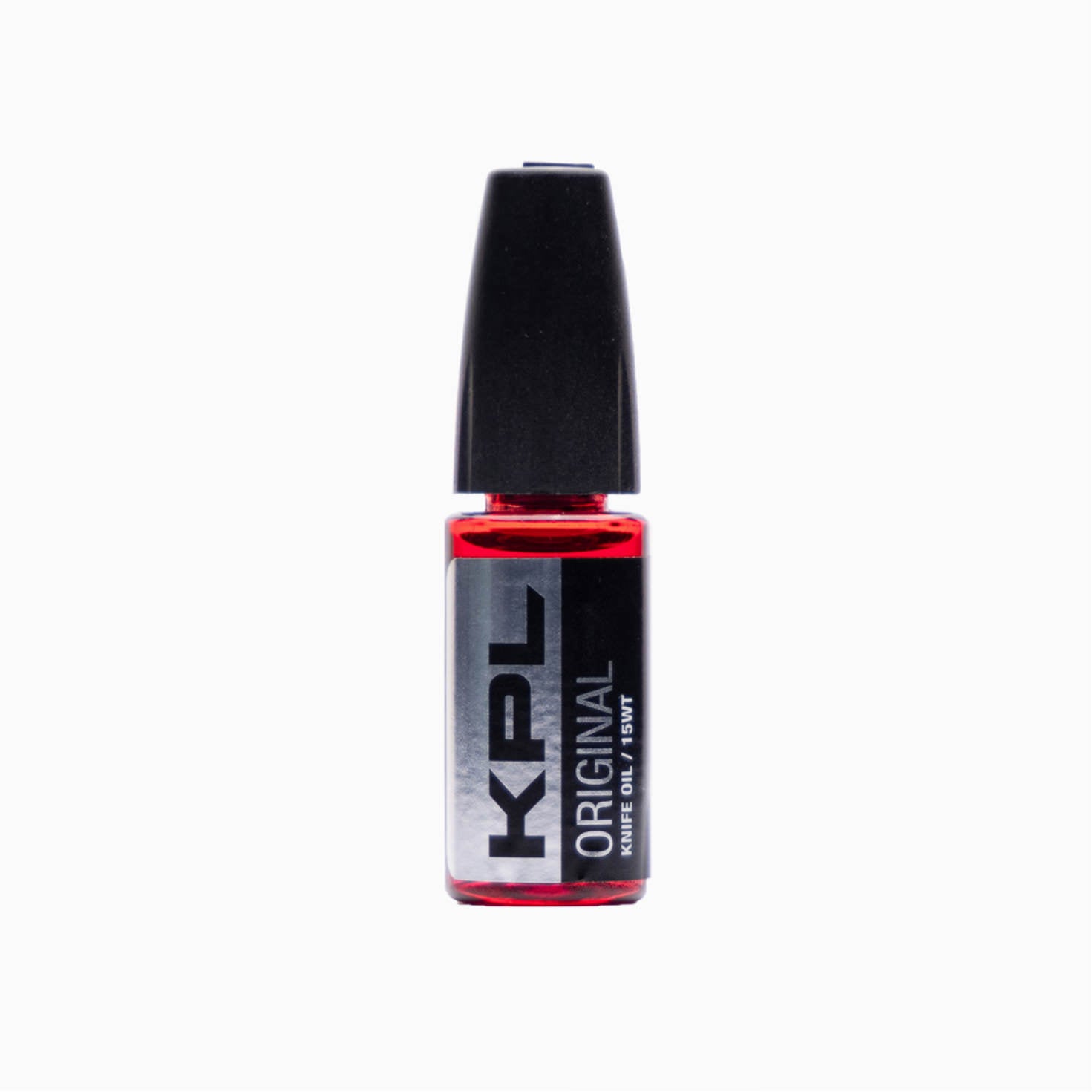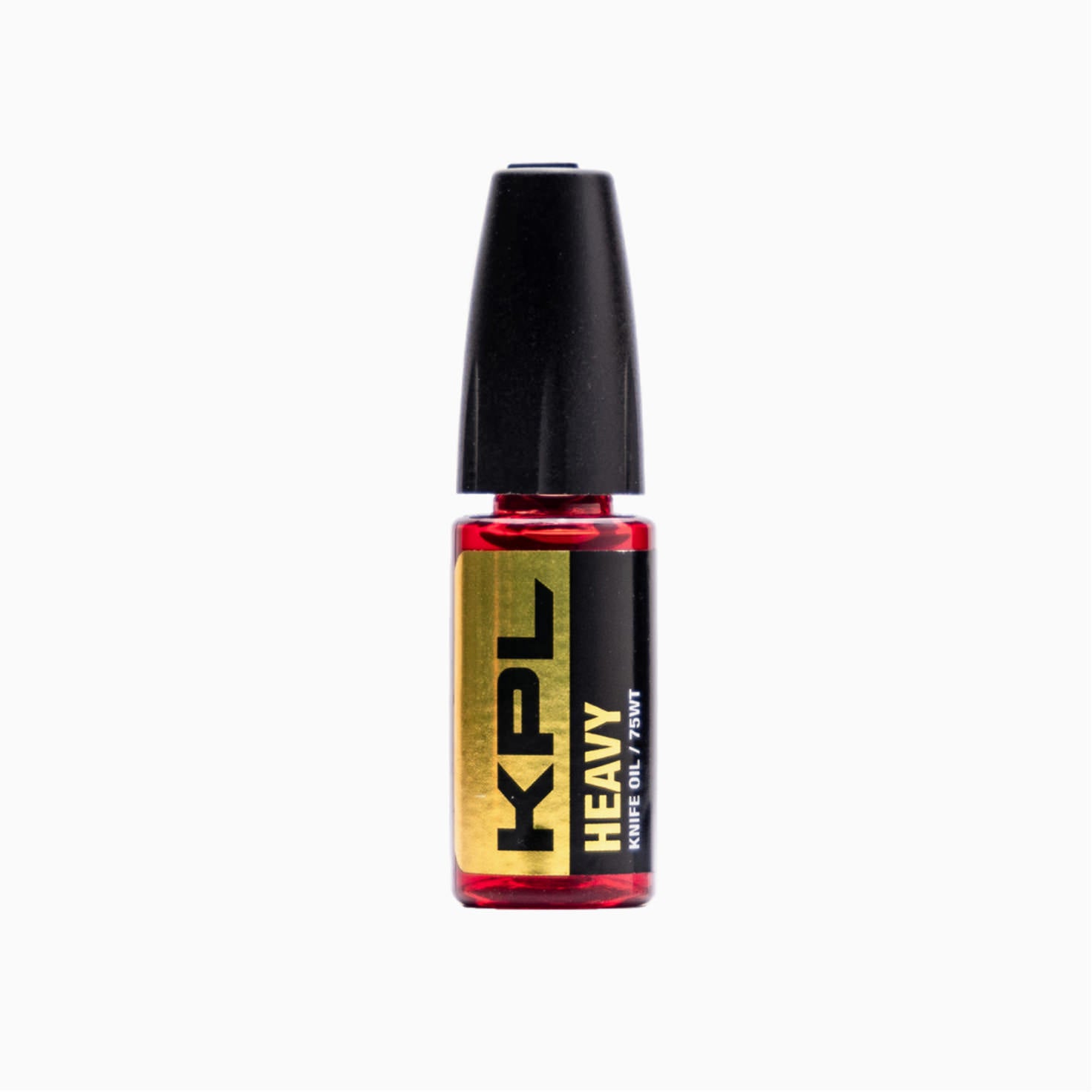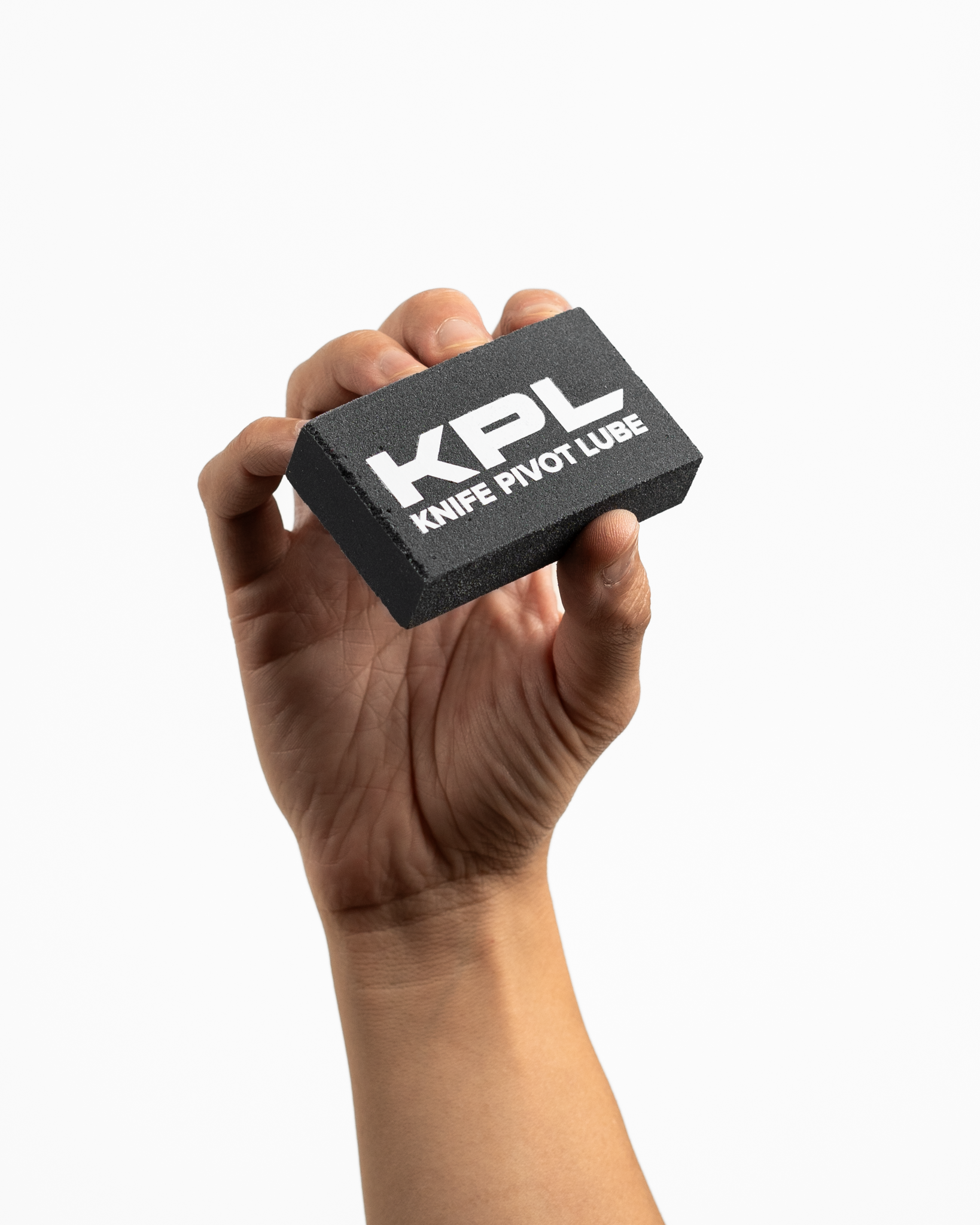There are a few ways a balisong can be constructed, which can change the way it sounds, flips and feels, as well as how much it weighs and how it is balanced. In this article, you will learn about each type so you can find out which you might prefer for your flipping needs!
Channel
Channel construction balisongs are made with a single piece of material, which are machined out to make the handles. An example is below, which is the SvixCo Zephyr V3.
This is made out of channel aluminum and as you can see, it is made of a single piece of material. This creates a much louder sound that has more depth.
Channel balisongs tend to be heavier due to having more material in the handles. There is also a general lack of customizability that comes with channel handles, as everything is machined into one piece that cannot be taken apart.
There are several advantages of channel construction. They are generally more sturdy, and there are less things to break or lose during maintenance. This makes it ideal for budget balisongs and for beginners who are new to the hobby.
It can also be easier to make at a lower price as there is less hardware required for the bali to be used. It also may be more comfortable for some people to flip with a channel bali as it is smooth all around.
Sandwich
Sandwich construction balisongs are made with two pieces of materials, known as slabs, to create the handle. They also have pieces called spacers in the bottom of the handle to keep the gap even. Spacers can be made in many shapes, sizes, and materials to change the balance of the knife, such as the BBbarfly Pro V3 shown below.
There are also parts called scales, which can be put on top of the slabs to create a unique texture, look, and weight balance. These can be made of many materials, such as aluminum, titanium, or G10, like the scales on this BRS Replicant.
One of the pros of sandwich construction balisongs is that they are typically very customizable, as there are many parts that can be interchanged and custom made to make the bali truly your own. However, this can also be a downside, as there are more parts that may be able to go wrong or be lost.
Another factor is the grip of the open channel from sandwich balis, which some people may find uncomfortable for flipping. In the end, that all comes down to the individual flipper’s preferences.
Special Types
There are also unique types of constructions from certain makers that utilize bits of both types of construction, which I will briefly cover below!
Faux Channels
Faux channels are made by using faux channel spacers on sandwich balisongs, like these titanium Replicant spacers made by @fox.fire.factory.
These are spacers that mimic the closed channel of channel balisongs, while still being able to be removed and changed for other spacers. They can also be made of materials that aren’t the same as the slabs, and therefore can make for a unique flipping experience with different sounds and weight balances.
They can be made out of titanium, G10, or even carbon fiber, and can make a balisong feel like a new knife entirely!
Speed Channels
Speed channels are milled holes in the channel side of a channel construction balisong that are meant to lighten it and change the weight and balance. An example of which can be seen below, on JK Design’s Orca.
These change the sound signature and also make the weight distribution different by making the handles slightly lighter. Speed channels also can help add grip to the channel, which can assist in flipping.
Chanwich (Version 1)
There are two construction types which can be considered “chanwich”, which is a mix between channel and sandwich. The first kind is seen on the SvixCo Gale, as shown here.

The Gale is a channel balisong that is then milled out at the top half to be a single piece of material but also have the open channel on half the handle to provide more grip and less weight on the handles. This combines the sturdiness of a channel handle with the grip of a sandwich one, which helps the gale achieve its signature ringing sound, which can be seen in this post about my personal Gale!
Chanwich (Version 2)
The other kind of “chanwich” construction would be by Palethius. This is used on his Ronin Balisongs, which you can see below.
The Ronin is constructed of two separate pieces that have an extended channel on each side that, when assembled, creates a singular channel. This has the same weight, feel and sound of a channel construction balisong with an easier time taking it apart and putting it together as there are two separate pieces. There are also special G10 inlays that are press fit into the handles to create a truly unique handle design
Scales on Channels
The final unique type of construction that is found is by Squid Industries on their trainer, the Nautilus.
The Nautilus is a channel aluminum trainer that has G10 scales on top of it. This is achieved by a completely flat and thin channel handle that allows for space to put scales on top, with the pivot screws and screws at the bottom of the handles keeping it in place.
This offers a very unique experience, with the lightness and smoothness of a thin channel aluminum handle and the grip of G10 scales on top of it. This one is also the most affordable and is recommended for people who are more experienced in flipping and want to try something new and different.
Conclusion
In the end, there are a few different types of balisong construction methods that have their pros and cons. They feel different to one another and can provide a different flipping experience depending on the material and what construction they use.
Regardless of what type it is though, any well-made balisong can be a great flipper and a very enjoyable experience, so get out there and try some new balisongs!


